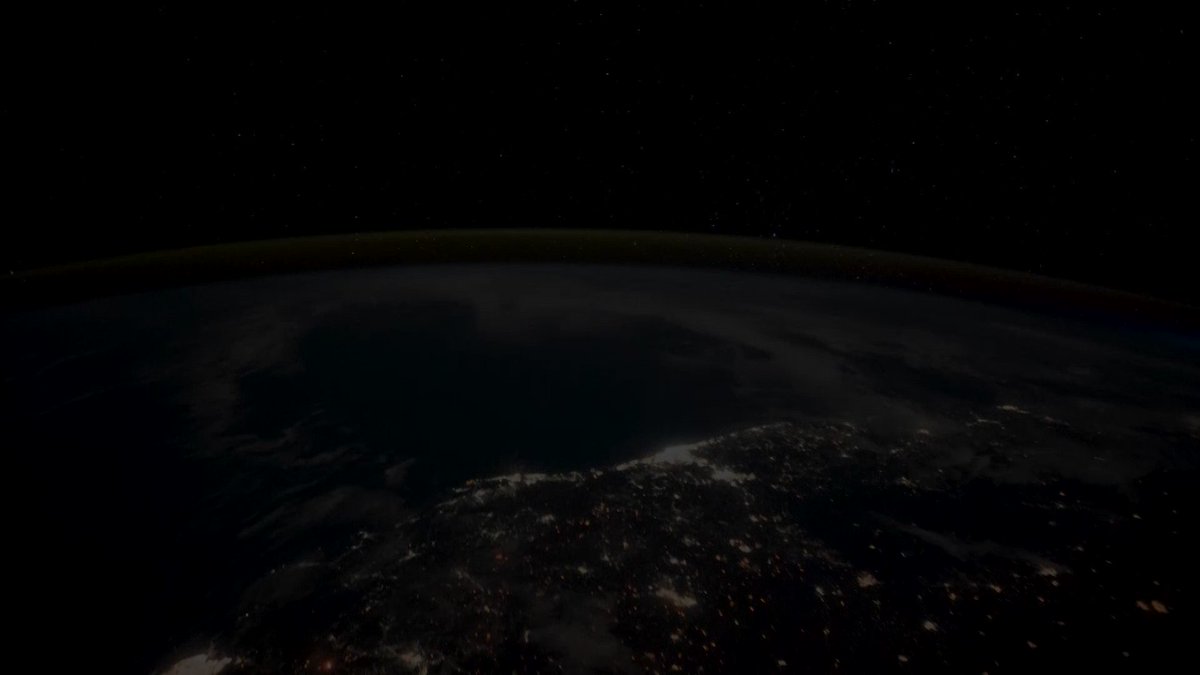

– Tereza Pultarova Cygnus cargo spacecraft approaches space station In this image, the oil spill can be seen licking the Ancón Reserved Zone, an area protected for its biodiversity and ecological value, and the similarly biologically valuable Pescadores Islets. Monday, February 21, 2022: The Cygnus NG-17 cargo spacecraft approaches the International Space Station on Monday (Feb. The spacecraft, launched on Saturday (Feb. 19) aboard an Antares rocket from NASA's Wallops Flight Facility in Virginia with 8,300 pounds (3,765 kilograms) of scientific experiments, food and other supplies aboard. NASA astronaut Raja Chari captured the vehicle at 4:44 a.m. EST (0944 GMT) with the space station's robotic arm, while the two spacecraft flew over the Indian Ocean. A little over two hours later, at 7:02 a.m. EST (1202 GMT), the robotic arm attached Cygnus NG-17 to the space station's Unity module. "Could there be a worse time for two uber-rich rocket owners to take a quick jaunt toward the dark?" wrote Shannon Stirone in an Atlantic piece titled "Space Billionaires, Please Read the Room.Piers Sellers after the late NASA astronaut and former director of the agency's Earth Science Division, the spacecraft will remain docked to the orbital outpost until about late May. The company says it plans two more flights this year, then "many more" next year.Īnalysts say much will hinge on early successes and building a solid safety record.ĬEO Bob Smith revealed Sunday that the next launch could take place in September or October, adding "willingness to pay continues to be quite high."Īt the same time, the sector is beginning to face criticism over the optics of super wealthy individuals blasting off to space while Earth faces climate-driven disasters and a coronavirus pandemic. The booster returned autonomously to a landing pad just north of its launch site, while the capsule freefalls back to Earth with three giant parachutes, and finally a thruster, for a gentle landing in the desert.īlue Origin has remained relatively coy about what comes next. The spacecraft peaks at about 65 miles altitude (106 kilometers), allowing the crew members to admire the curvature of the planet, and the inky black of the rest of the universe. The capsule separated from its booster, and when it got high enough, the astronauts unbuckled and experienced weightlessness for three to four minutes. Notably absent from the flight is the still anonymous winner of a $28 million auction for a seat, who had "scheduling conflicts" and will take part in a future flight.ĭaemen's father, the CEO of a private equity firm, was a runner-up in the bidding, allowing his teenage son to become the company's first paying customer.Īfter lift-off, New Shepard careened towards space at speeds exceeding 2,300 mph (3700 kph) using a liquid hydrogen-liquid oxygen engine whose only byproduct is water vapor. "Today is just the first of many flights to come on New Shepard," Blue Origin's sale director Ariane Cornell said in a livestream, adding ticket sales were now open. Lift-off was slightly delayed and came at 1312 GMT from a remote facility in the west Texas desert called Launch Site One, some 25 miles (40 kilometers) north of the nearest town, Van Horn. New Shepard has flown 15 uncrewed flights to put it through its paces and test safety mechanisms, like firing the capsule away from the launchpad if the rocket explodes, or landing it with one less parachute. Today, the company is developing a heavy-lift orbital rocket called New Glenn and also a Moon lander it is hoping to contract to NASA. Virgin Galactic founder Richard Branson made the voyage on July 11, narrowly beating the Amazon magnate in their battle of the billionaires.īut Blue Origin's sights are set higher: both in the altitude to which its reusable New Shepard craft will ascend compared to Virgin's spaceplane, but also in its ambitions.īezos, 57, founded Blue Origin in 2000 with the goal of one day building floating space colonies with artificial gravity where millions of people will work and live.

"It's dark up here," said barrier-breaking female aviator Wally Funk, one of the four crew along with Bezos, his brother and 18-year-old Dutchman Oliver Daemen, who will become the youngest astronaut.

Blue Origin's first crewed mission, an 11-minute hop from west Texas to beyond the Karman line and back again, coincided with the 52nd anniversary of the first Moon landing.


 0 kommentar(er)
0 kommentar(er)
